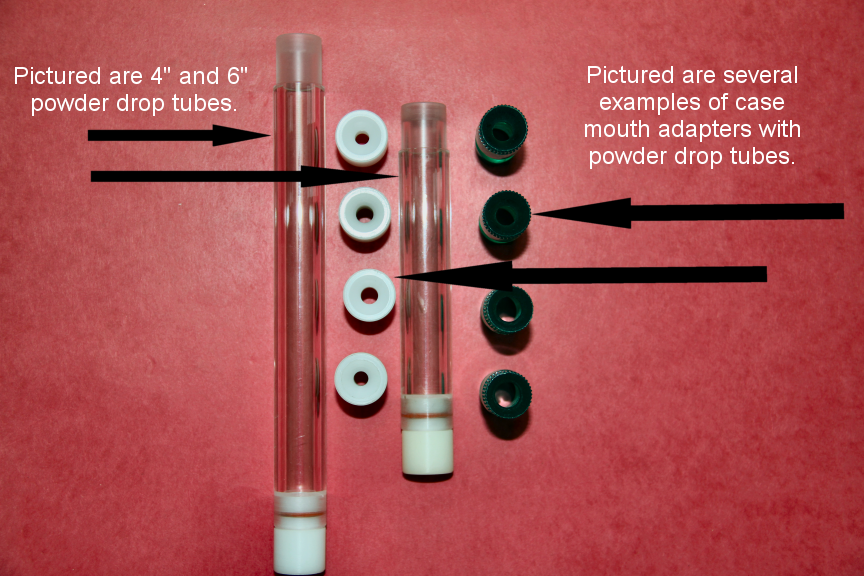bamaranger
New member
I have been given a 1lb can of H380 powder, no longer in production. I believe the powder is stable and safe to use, despite its age. In two of my older Speer manuals, H380 is listed as a useable powder for .223 cartridges with certain bullet weights. My old Speer books state it was a popular powder for .222 benchrest. Ought to be a good powder for .223 blasting thinks I. Hasn't worked out that way.
Wanting to load some AR ammo for general plinking and fun shoot with bulk FMJ ammo, I figured that would be an appropriate use for this old powder.
Problem is:......even the lowest charge weights listed, fill the case well into the neck, resulting in what would be a VERY compressed load. Two get a usable space in the case neck, I need to drop 2 grains below the minimum powder charge. There is no way the max charges will fit in the case. Suspecting that my mixed cases had markedly different capacities, I tried a variety of cases with the minimum charge. Just to darn full!!!
DOUBLE CHECKING THE MANUALS, AND RE CALIBRATING MY DIGITAL SCALE HAS MADE NO DIFFERENCE.
Suspecting that the old powder had "dried out" and would measure light, but do OK by volume, I dug out an old Lee dipper set and dipped a number of charges and weighed them. The dipped charges weighed very close to what they were supposed to as listed in the tables accompanying the dipper set. Thus it does not seem the old powder has dried out too much. By volume, it weighs what it should.
I have never run up on this issue with any carrtridg/powder combo in my near 40 yrs of loading. What do you think is going on?
Wanting to load some AR ammo for general plinking and fun shoot with bulk FMJ ammo, I figured that would be an appropriate use for this old powder.
Problem is:......even the lowest charge weights listed, fill the case well into the neck, resulting in what would be a VERY compressed load. Two get a usable space in the case neck, I need to drop 2 grains below the minimum powder charge. There is no way the max charges will fit in the case. Suspecting that my mixed cases had markedly different capacities, I tried a variety of cases with the minimum charge. Just to darn full!!!
DOUBLE CHECKING THE MANUALS, AND RE CALIBRATING MY DIGITAL SCALE HAS MADE NO DIFFERENCE.
Suspecting that the old powder had "dried out" and would measure light, but do OK by volume, I dug out an old Lee dipper set and dipped a number of charges and weighed them. The dipped charges weighed very close to what they were supposed to as listed in the tables accompanying the dipper set. Thus it does not seem the old powder has dried out too much. By volume, it weighs what it should.
I have never run up on this issue with any carrtridg/powder combo in my near 40 yrs of loading. What do you think is going on?

